GTS1031 Portable Tablesaw
The GTS1031 portable tablesaw keep safety at the forefront with a three-part guard system consisting of a riving knife, antikickback pawls, and a housing that covers the blade
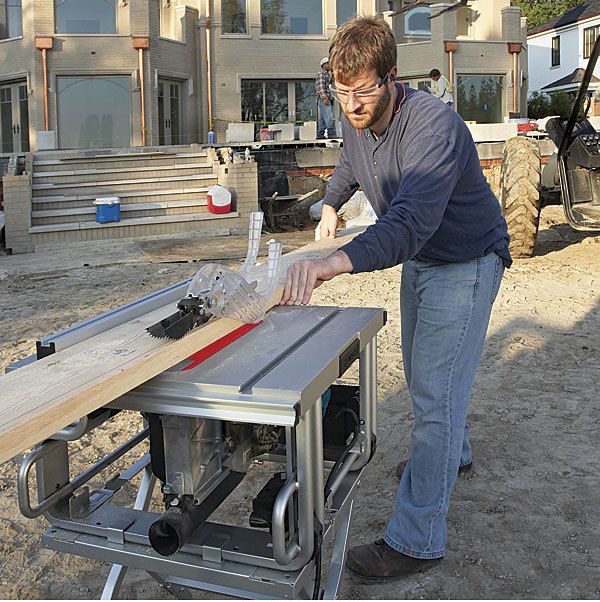
From FHB #248 (Dec. 2014/Jan. 2014)
By Patrick McCombe
Saw weight: 52 lb.
Stand weight: 14 lb.
Table size: 22 in. wide by 20 in. deep
Price: $438; GTA500 folding stand sold separately, $80
Power: The saw plowed through 8/4 maple and cherry without bogging down. It has a 5000 rpm maximum speed.
Riving knives: Rotating a small lever under the throat plate (above left) adjusts the height of the riving knife. The knife cannot be removed readily, but it can be lowered to make nonthrough cuts, although it’s harder to adjust than DeWalt’s.
Fence design: The rip fence grabs the front and back rails. Pushing down on a lever secures the setting. The fence slides with ease and holds tightly.
Rip capacity: The expanding table accommodates stock up to 18 in. wide. The table extension rides on aluminum rails that operate with a very smooth and precise action.
Portability: At 4-1/2 lb. lighter and with a smaller table than the DeWalt, the Bosch excels at portability. The tubular frame has a surplus of well-placed and comfortable grips, and the stand stays closed when folded.
From FHB #222 (Oct./Nov. 2011)
By Kit Camp
I’ve wanted a compact, lightweight tablesaw ever since I reviewed DeWalt’s DW745 a number of years ago. That saw could be carried easily with one hand and could fit into my overcrowded, compact pickup without giving me a hernia. Bosch recently released its own compact model, the $380 GTS1031, and I was eager to give it a try.
Features: First and foremost, I found the rip fence on this saw to be accurate and solid. The bevel also was accurate, and I loved that I could adjust it from –2° to 47°, which makes cutting miters for out-of-square corners much easier. Bosch’s portable saws lead the pack in safety features, and this model has a three-part guard system consisting of a riving knife, antikickback pawls, and a housing that covers the blade. The components are modular, so I can use just the riving knife or add the other pieces as needed. This is a big leap forward for me, as I have never found a guard system that I felt didn’t interfere with the safe operation of the saw. I’m also more likely to use this system because the parts go on and off the saw in seconds, completely tool free, and store under the table. This saw is designed to be carried and stored vertically, and the handle is in just the right spot to balance the weight for easy onehanded transport. If you prefer to carry it with two hands, there are padded rubber handholds on the edge of the table. The saw’s accessory stand (sold separately for $75 to $100) is fantastic. It’s stable and lightweight, and it folds down easily to near flat for storage. The saw also clamps to it very solidly.
Flaws: Although similar in size to the DeWalt, this saw is heavier (52 lb. vs. 45 lb.). For making rip cuts wider than 10 in., the table has to be extended, and the glide pads end up partially overhanging the end of the rail, which has me worried about long-term accuracy. My main complaint about this tool, however, is the violence with which it starts. Even after a few weeks of use, I still found myself cringing and clenching my jaw when I threw the switch to turn on the saw. This may not be a problem for others, but I would happily pay more for the same saw with a soft-start motor.
Bottom line: Aside from the jarring startup, none of my complaints about this saw is a deal breaker. If you’re in the market for a compact saw, there is much to recommend the GTS1031: improved safety, lots of power, ease of transport, and an excellent stand.


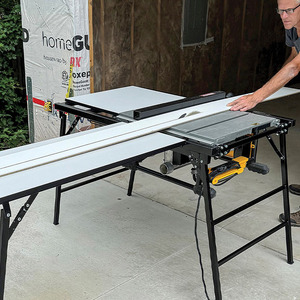
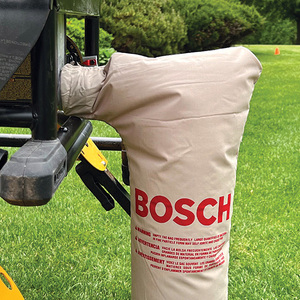
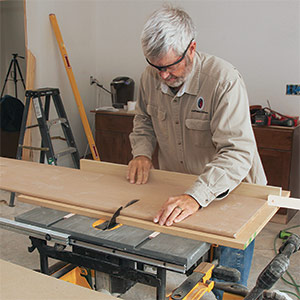




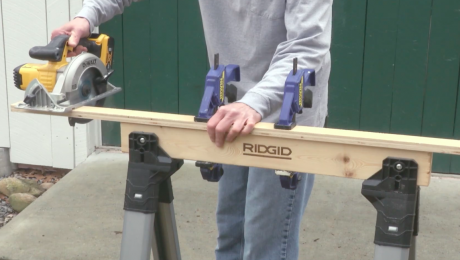

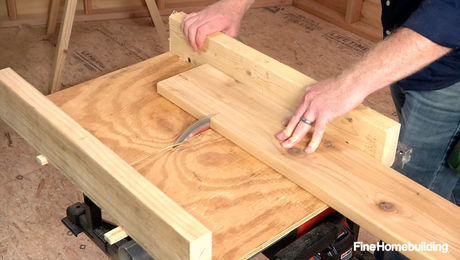

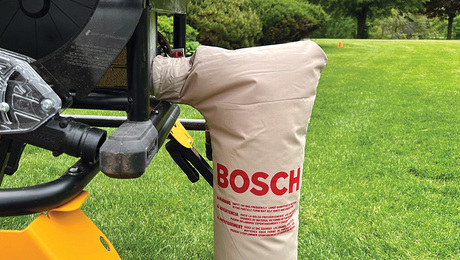
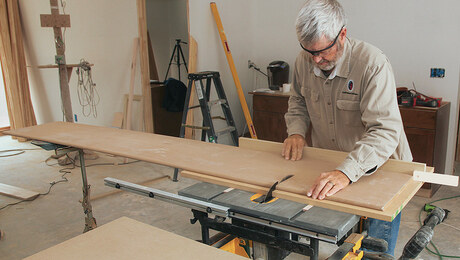
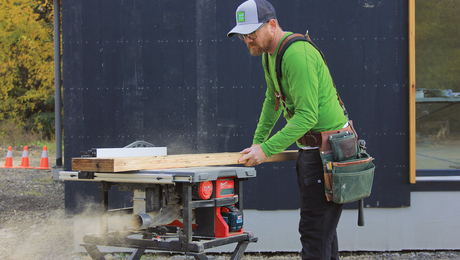










Comments are closed.